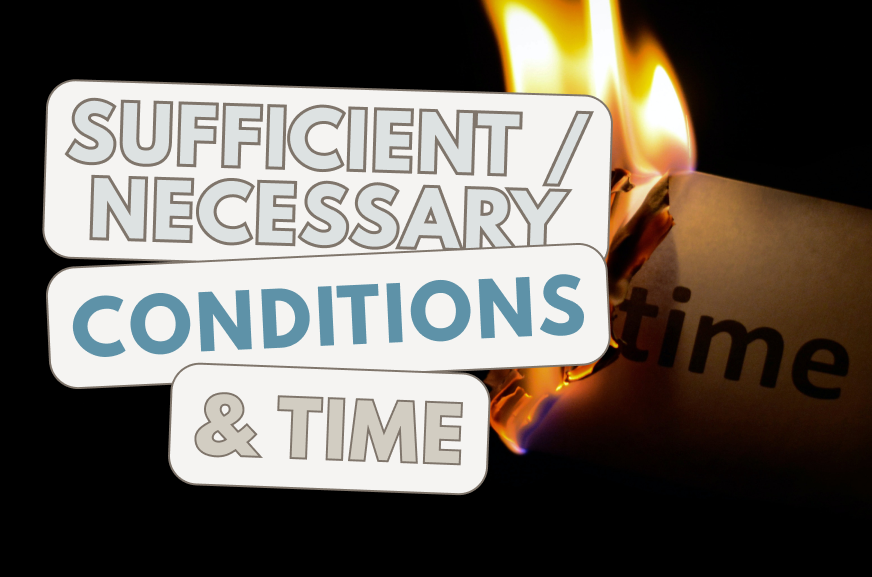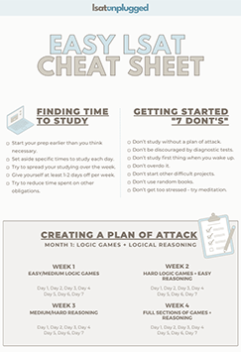In conditional statements (if-then) statements, the sufficient condition is the one that goes before the arrow, and the necessary condition is the one that goes after the arrow.
Sufficient —> Necessary
X —> Y
is equivalent to:
if X, then Y.
X is the sufficient condition, and Y is the necessary condition.
Logic Games and Logical Reasoning contain conditional statements most prominently, but you can also find them in Reading Comp.
First, some words that indicate each type of condition.
Sufficient (before the arrow):
All, any, every, if, in order to, the only, to be, when, whenever
Necessary (after the arrow):
depends upon, must, only, only if, only when, requires, then
I like to think of the relationship between sufficient and necessary conditions in the following 2 ways:
Way #1: the sufficient condition activates the necessary condition, indicating that it will happen.
Way #2: the sufficient condition is enough to guarantee that the necessary condition happened already.
If the sufficient condition occurs, then the necessary condition must also occur (Way #1), or it must have also occurred at some point (Way #2). Yes, that’s right, in Way #2, the necessary condition might occur before the sufficient condition.
I can hear some of you saying, “How could such a thing happen? If the necessary condition appears after the sufficient condition in a sentence, it must occur after the sufficient condition in real life too!”
Not so. But first, let’s deal with the easier way (Way #1):
—
The sufficient condition can occur before the necessary condition (Way #1):
If A occurs, then B must occur afterwards.
For example, if I slam my head into a brick wall, then my head will hurt.
This could also be phrased, “Whenever I slam my head into a brick wall, my head hurts.”
(A = slam head, B=head hurting)
If we take the contrapositive of this statement, we can say:
If my head doesn’t hurt (NOT B), then I must not have slammed it into a brick wall (NOT A).
—
However, the sufficient condition can also occur after the necessary condition (Way #2):
If C occurs, then D must have already occurred.
For example, if I seduce an LSAC employee to get an advance copy of the LSAT, I must have traveled to LSAC’s headquarters in Newtown, Pennsylvania.
(C= Seducing LSAT’s test-writers, D=traveled to LSAC HQ in Newtown, PA)
This means that if you see me in NYC, I must not be seducing an LSAC employee at the moment.
(I know I’m going to get some emails requesting an advance copy of the LSAT, so I’ll tell you right now – that sentence was a joke.)
***

